
Wives of Ambassadors of various countries walk in Vietnamese Ao Dai.
Bridge without borders
The festival, held from October 10 to 12, is Vietnam's key cultural and diplomatic activity in 2025. The event brings together 48 participating countries with 45 cultural spaces; 34 international culinary booths; 23 domestic and foreign art troupes; 12 units introducing books and publications; 22 countries participating in the international film screening program...
From morning to night during the past weekend, the bustling sounds always echoed on the round stage in the middle of Thang Long Imperial Citadel. The sounds of Tar and Kamancheh (Iran) mixed with Japanese drums and vibrant dances from Russian and Mongolian girls... created a rare cultural symphony. Many international artists and students expressed their joy at being immersed in the colorful exchange space. While performing the dance "Flying Eagle", Lkhagvasuren Khishigmaa (Maaya) of the Mongolian art troupe excitedly shared that this is truly an international cultural exchange space. Through the performance, we not only introduce our country's culture but also have the opportunity to meet and learn about other cultures, which is really interesting and meaningful. Young artist Phung Thi Thanh Huyen ( Hanoi Cheo Theatre) said that the unit brought two performances: “Inviting water and betel” (ancient Quan Ho) and “Loi lo xuong pho” by musician Hanh Nhan. I hope there will be more programs like this to promote Vietnamese culture and show off talent, helping international friends feel how our generation continues the national tradition.

The Russian Federation Art Troupe performed at the festival.
One of the highlights of the festival was the Fashion Show - “Footsteps of Heritage”, which took place on the evening of October 11 at the central stage, gathering nearly 100 traditional costumes from participating countries. Inspired by the sublime inspiration, Vietnamese designers told the story of beautiful Vietnam through the Ao Dai collections. Next was a special performance by four ambassadors’ wives: Czech, Japanese, Ukrainian and American. Each brought a slice of their country’s culture, skillfully combined on the Vietnamese Ao Dai. And then the entire Imperial Citadel heritage space lit up with the colors of traditional costumes of the countries. If Indonesian girls expressed elegance and national pride through precious songket material and sophisticated embroidery, Iranian designs were inspired by Persian culture full of art, freedom and pride. Or the colorful multi-layered festival dresses were a vivid symbol of the Cuban spirit. Also representing the cultural and religious harmony in Malaysian costumes are the delicate designs from silk and batik.
The “International Cuisine” area along the ancient citadel is a convergence of multinational flavors. 34 booths from 5 continents bring typical dishes like a “ world menu” in the heart of Hanoi. At the Indian booth, the fragrant smell of curry mixed with baked cakes, next to Japanese sushi, French crepes or German sausages, Turkish sandwiches… make long lines of tourists patiently wait in line. Visitors not only taste but also learn and feel the culture through each ingredient, flavor and operation.

Thang Long Imperial Citadel is sparkling through 3D Mapping technology.
Friendly Vietnam
Ms. Peta Donald, First Secretary of the Australian Embassy in Vietnam, was impressed by the depth of Vietnam's history and culture. Her experience at the opening night of the festival made that feeling more special than ever. "The performance that impressed me the most was the song "Thi Mau" performed by singer Hoa Minzy. Along with that, the performance of singers wearing the Vietnamese flag, in the context of lights and cultural images projected on the wall of Thang Long Imperial Citadel, was truly touching," she said.
For Maaya (studying Business Administration at Hanoi University), three years of living in Hanoi helped her understand that Vietnamese culture is not only beautiful in rituals, but also in the way Vietnamese people treat each other in a friendly, hospitable and kind manner. Not only passionate about exploring culture, Maaya also expressed her desire to learn more about the business and modern life of Vietnam, as well as make more Vietnamese friends to better understand the country she is attached to. Milagros Pichardo, a Cuban journalist who is also living and working in Vietnam, said, "The first time I came to Vietnam was during the Mid-Autumn Festival, I was very impressed with the decoration, the festive atmosphere and the warmth of the Vietnamese people. Although Vietnamese and Cuban cultures have certain differences, both places have in common the warmth, closeness and full of positive energy."
To support the people in the flood-affected areas, the festival's organizing committee called for donations through the Vietnam Fatherland Front Committee and held a charity auction on the evening of October 11. The auction raised 2.5 billion VND, all of which was used to support people affected by storms and floods.
Impressed by the scale and organization of the festival, Mr. Jonathan Wallace Baker, Head of UNESCO Representative Office in Vietnam, commented that the festival clearly demonstrated the spirit of international cooperation when gathering representatives of many countries and Ambassadors to participate in introducing their national culture. Vietnam is a country that deeply understands the meaning of culture to people. Looking to the future, Mr. Baker believes that organizing the annual World Cultural Festival will bring many sustainable values.
Source: https://nhandan.vn/ngoi-lang-toan-cau-giua-long-di-san-post915022.html


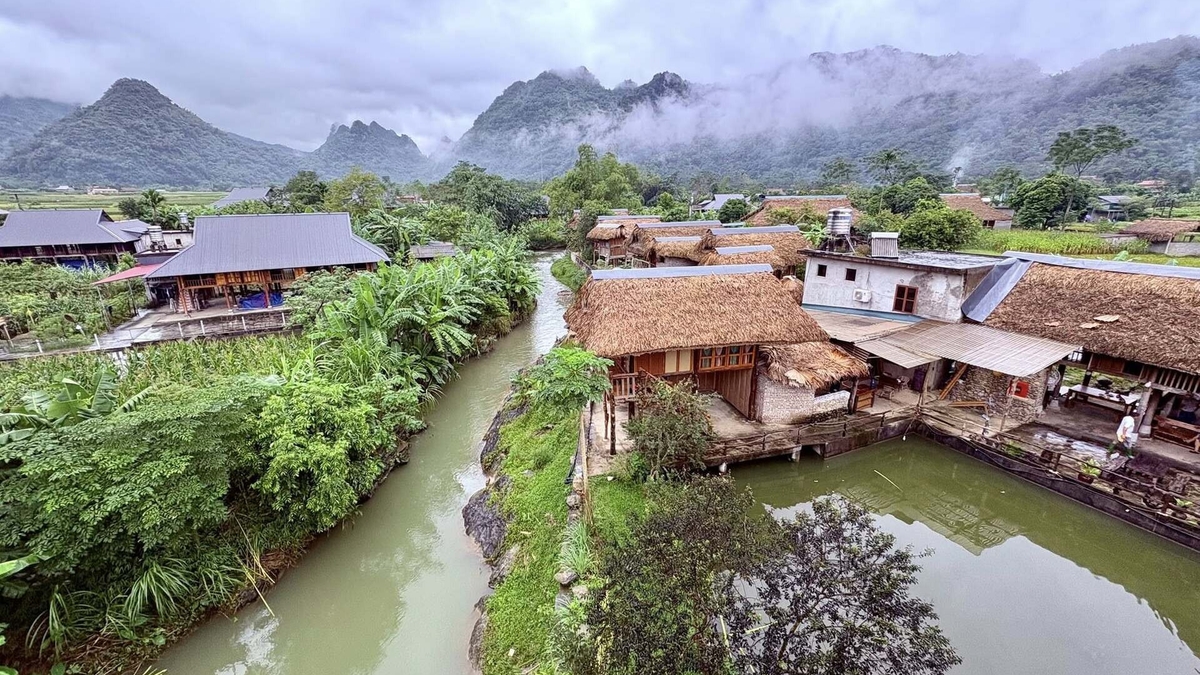
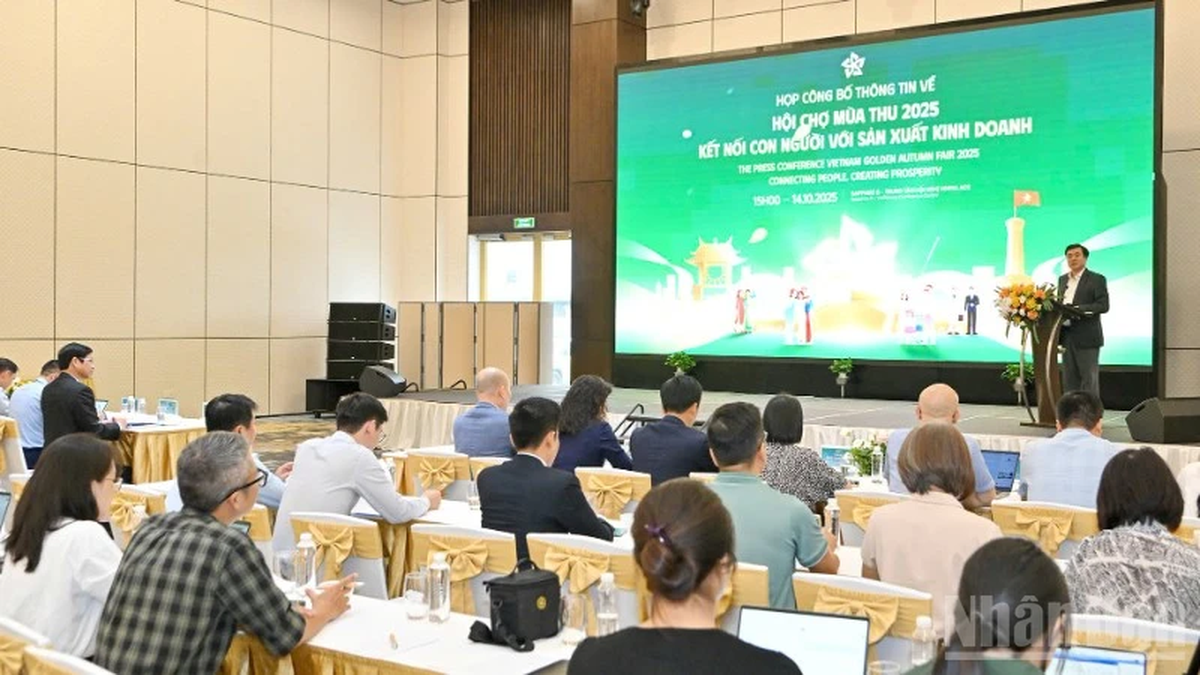
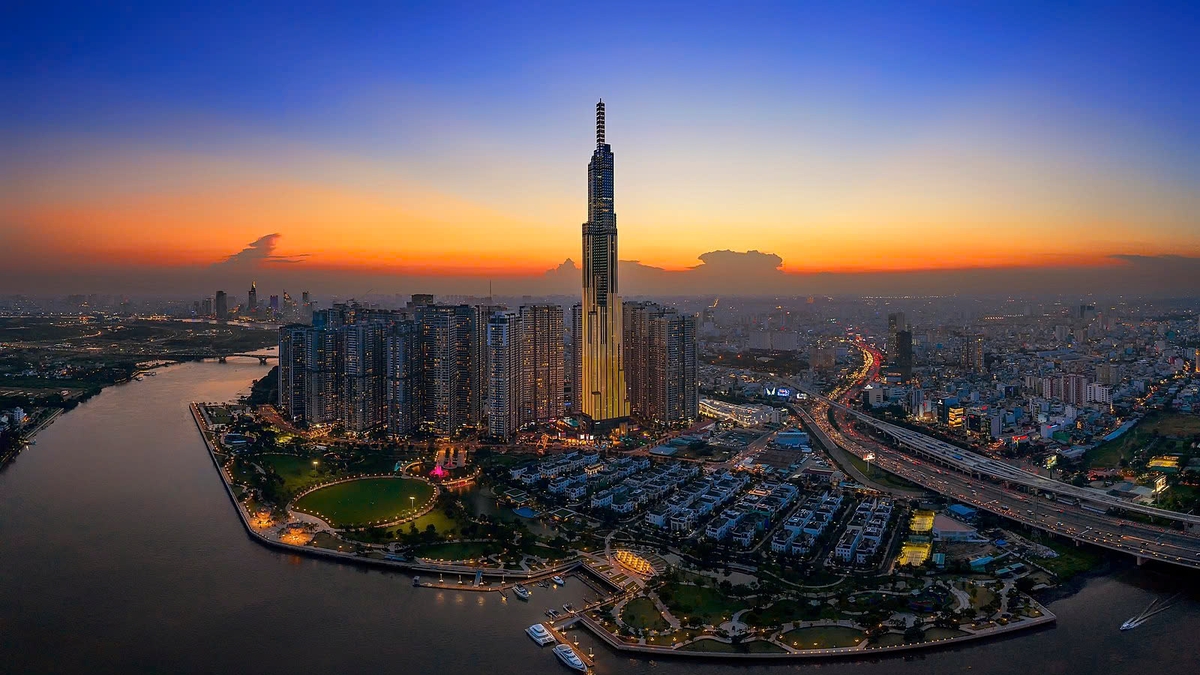
![[Photo] Ready for the 2025 Fall Fair](https://vphoto.vietnam.vn/thumb/1200x675/vietnam/resource/IMAGE/2025/10/14/1760456672454_ndo_br_chi-9796-jpg.webp)

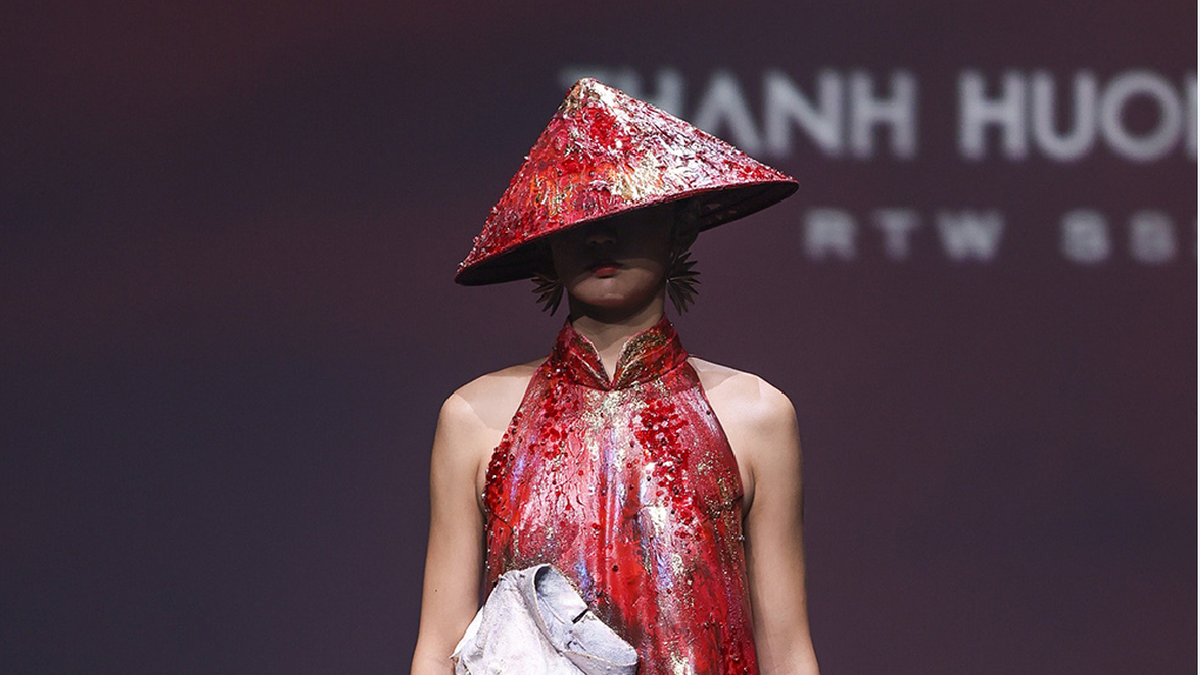
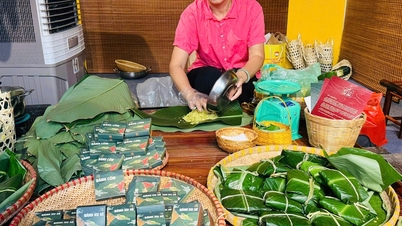


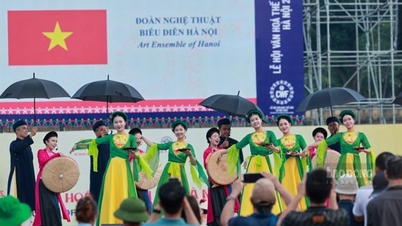

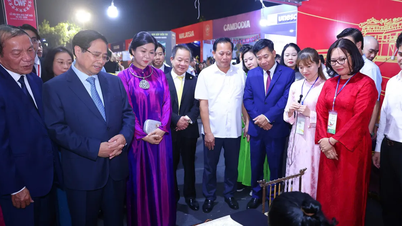


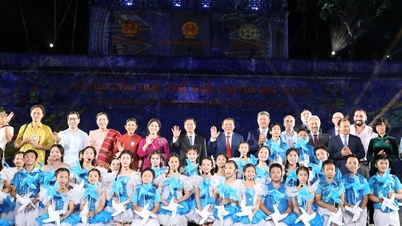

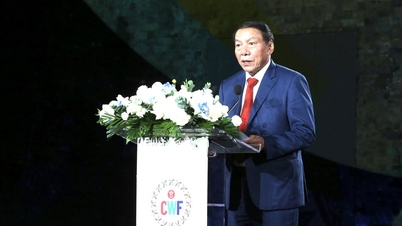
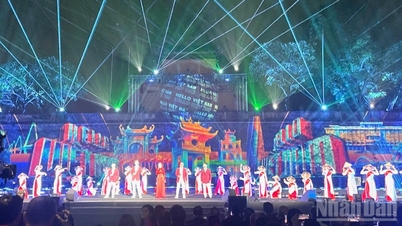

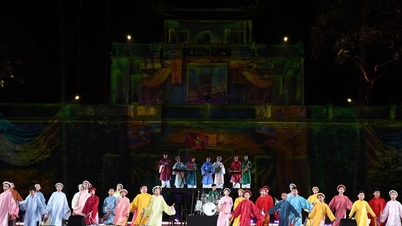

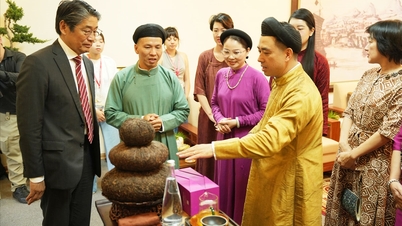

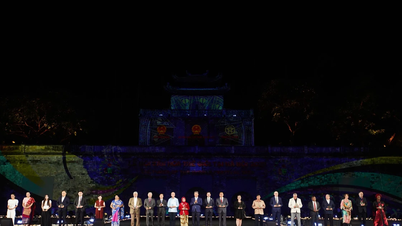







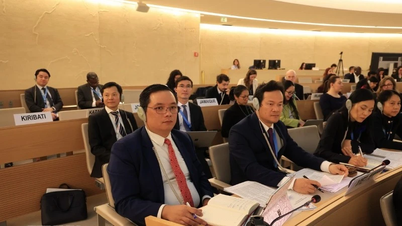
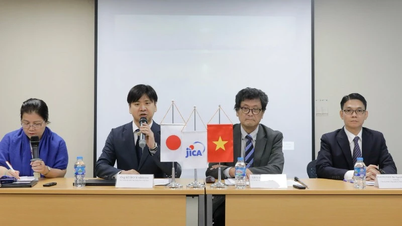
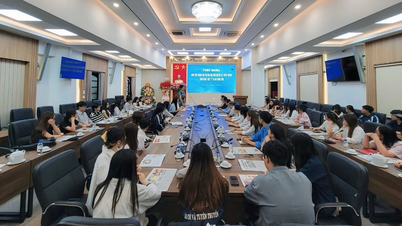
![[Photo] Ready for the 2025 Fall Fair](https://vphoto.vietnam.vn/thumb/402x226/vietnam/resource/IMAGE/2025/10/14/1760456672454_ndo_br_chi-9796-jpg.webp)
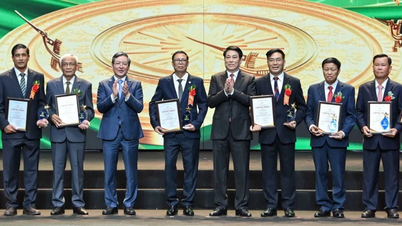
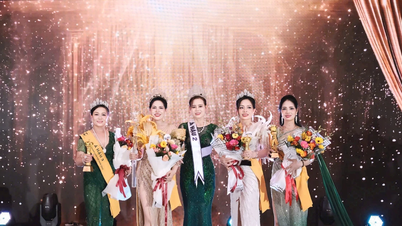
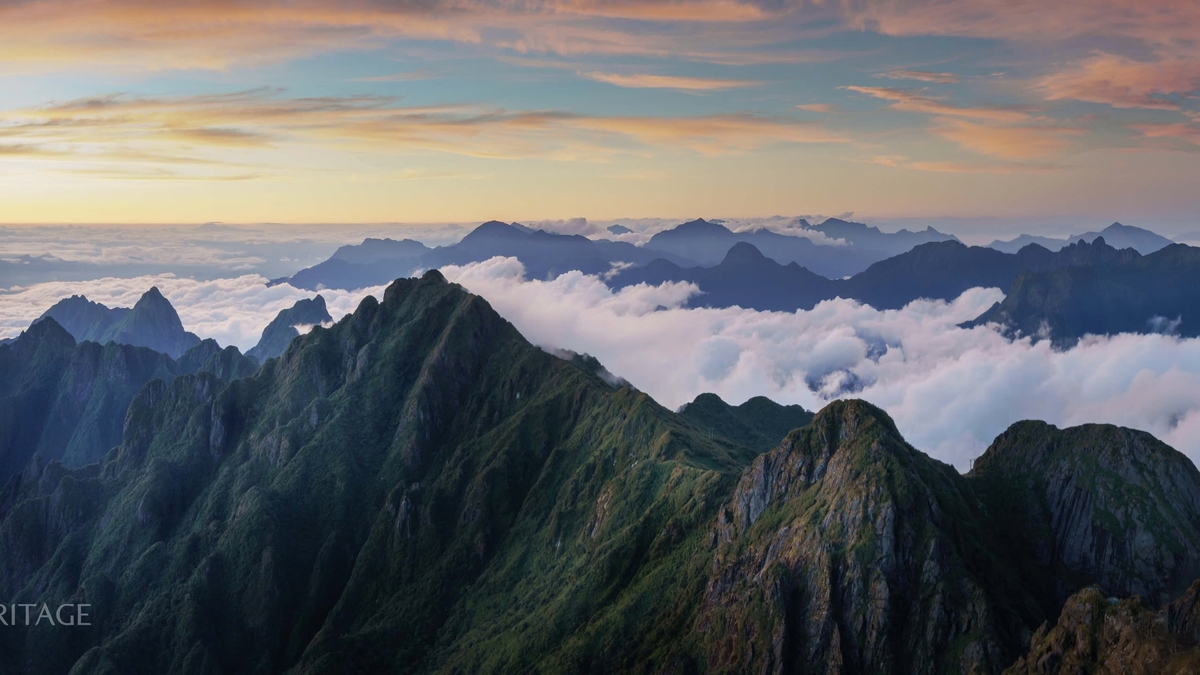
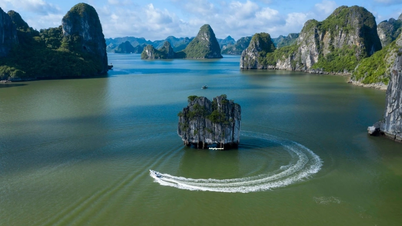

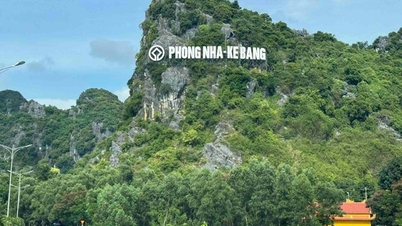
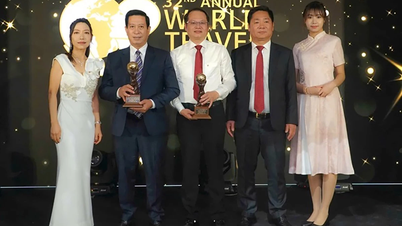

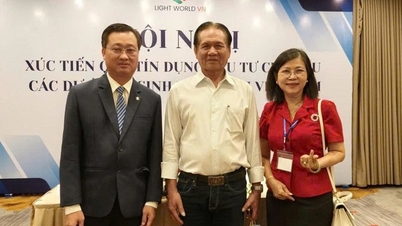


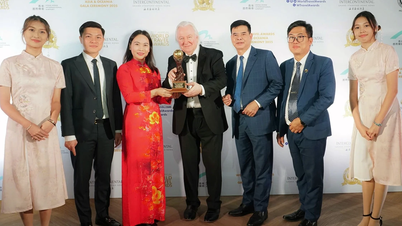






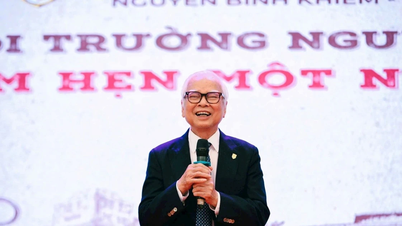





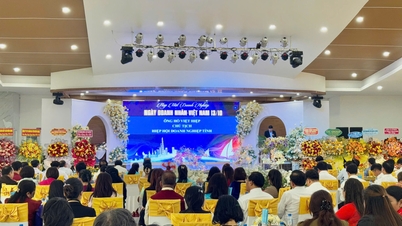
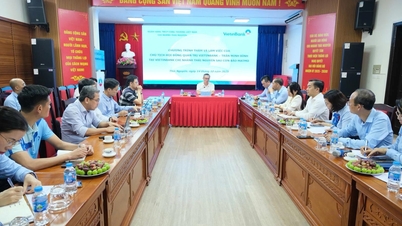
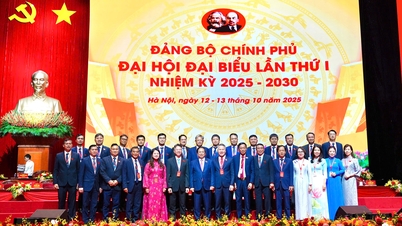
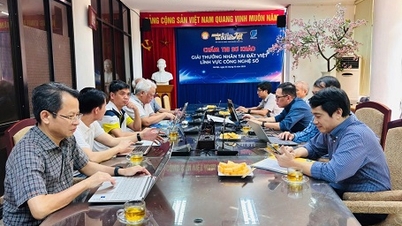
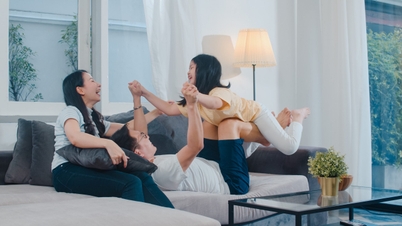






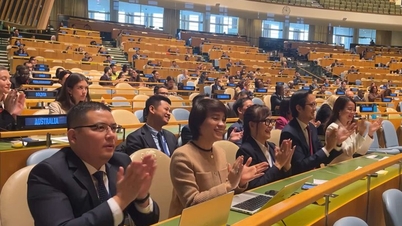

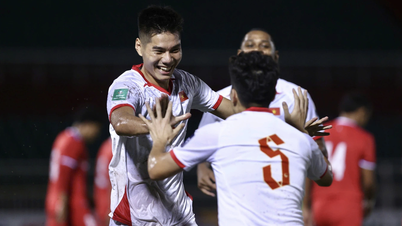
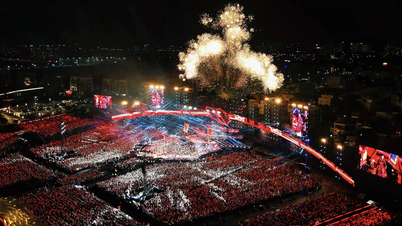

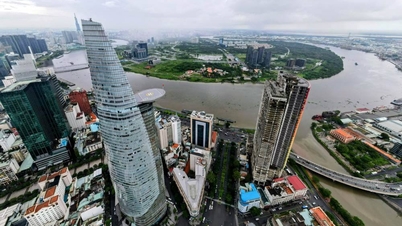
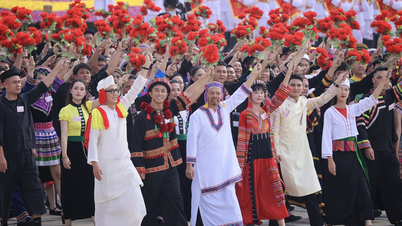
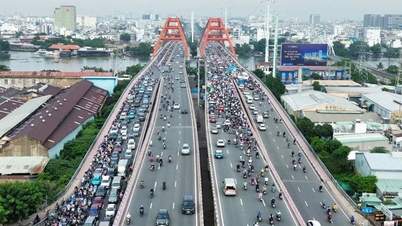
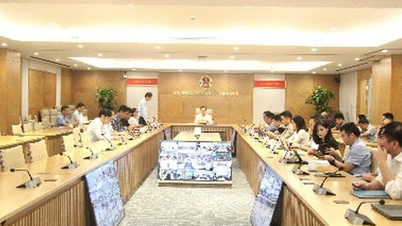

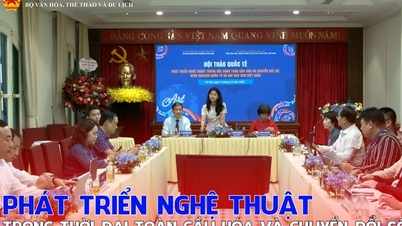
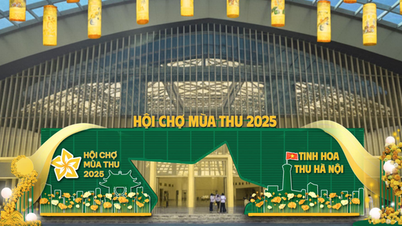
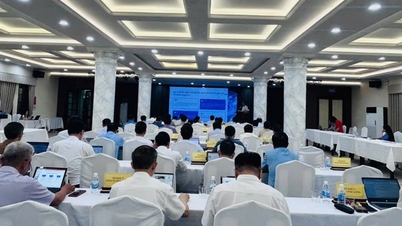
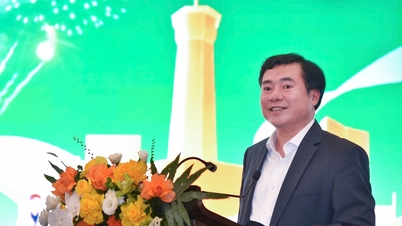

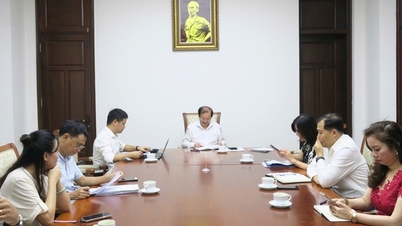
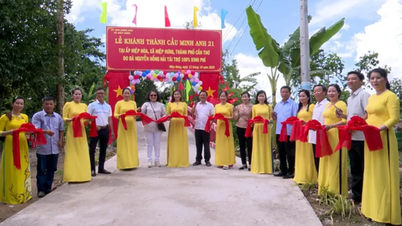

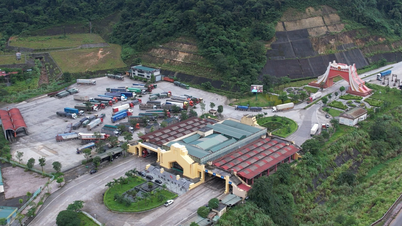
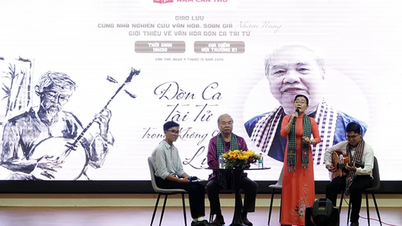
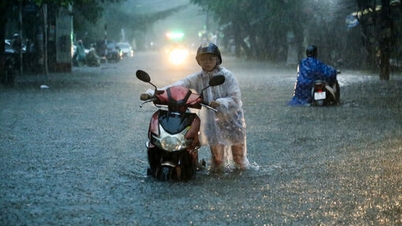

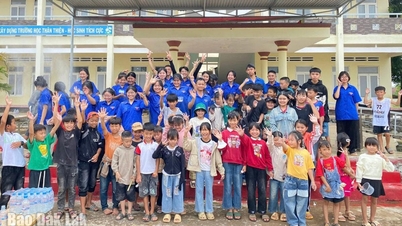

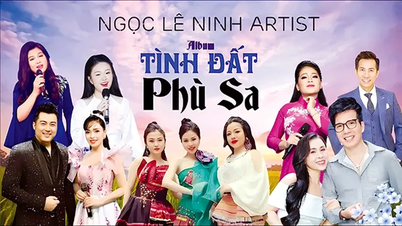












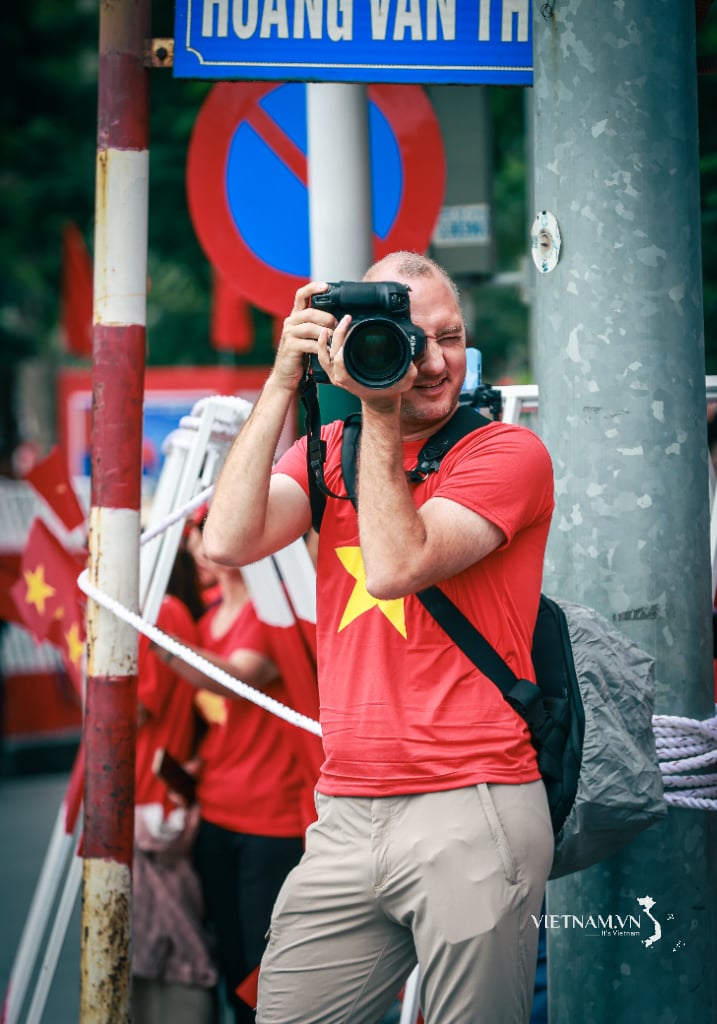

Comment (0)